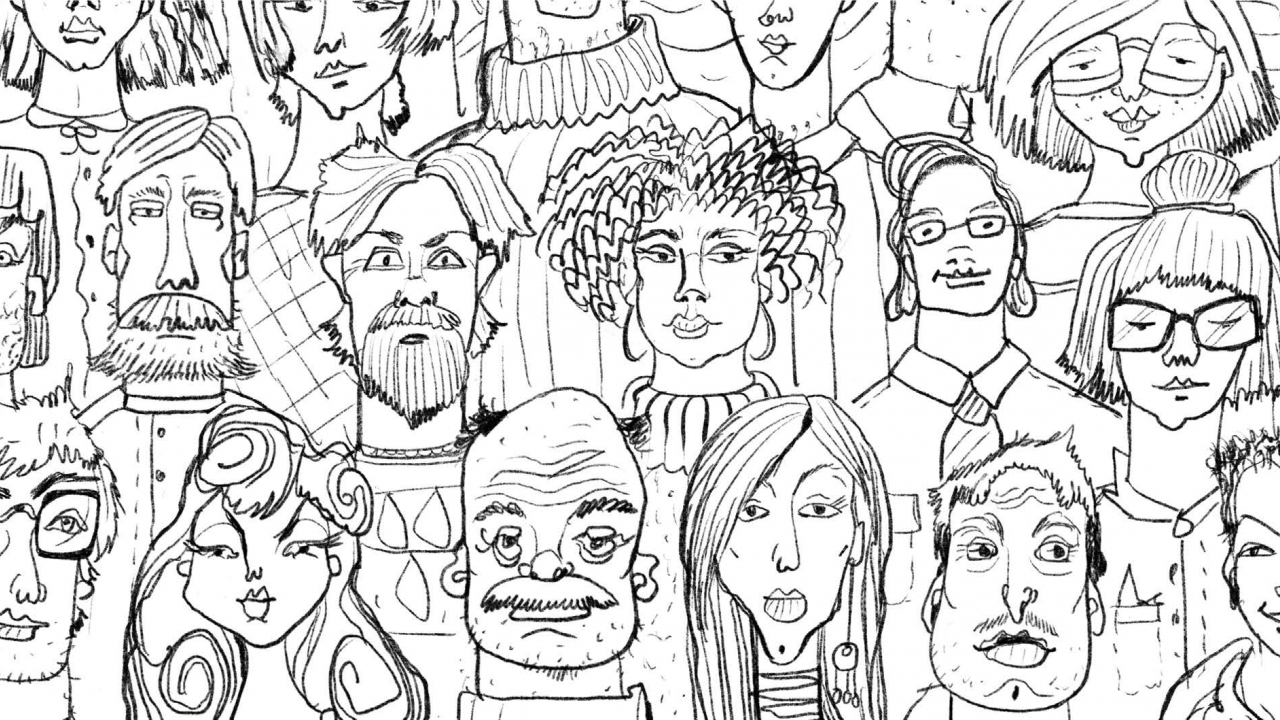
Beyond Trauma: ACES
Emmy Werner and Ruth Smith, Resiliency research pioneers, define Resilience as “In the context of exposure to significant adversity, whether psychological, environmental or both, resilience is both the capacity of individuals to navigate their way to health-sustaining resources, including opportunities to experience feelings of wellbeing, and a condition of the individual’s family, community and culture to provide these health resources and experience in culturally meaningful ways" (Ungar, 2008).
Background
The original Adverse Childhood Experiences (ACES) study was conducted by Kaiser Permanente Medical Group between 1995 and 1997. It found significant connections between childhood trauma and later physical and mental health challenges in adults. It was the first study to draw definitive connections between childhood trauma and adult resiliency. A link to the original study can be found here: http://www.ajpm-online.net/article/PIIS0749379798000178/abstract
In California, as throughout the world, the majority of us have experienced some form of childhood trauma or adverse childhood experience (ACES) that impacts our transitions from childhood to adulthood. This has a significant impact on our lives, and “ACES can be seen as the cause of most of California’s chronic physical and mental health issues, as well as our social and economic issues.” However, resiliency can be strengthened and supported by relationships, and is part of the answer to ongoing healing. It’s important to learn how we can be more trauma-sensitive and how to avoid unintentionally retraumatizing those who have already experienced trauma. We can also build resilience into all parts of our lives, including our personal, family, work and community lives, moving beyond trauma to create resilient, self-healing communities.
ACES
The original ACE study asked a series of questions regarding participants’ experience in childhood relative to events seen as traumatic such as child abuse, domestic violence and substance abuse. For example, if someone experienced child abuse directly, that gives them one “ACE”. The study was able to draw a correlation between the number of ACES in one’s life and risk for negative health outcomes. This study showed a definite link between childhood ACES and adult chronic illness. Knowledge about trauma has developed a great deal since the original ACES study. In the last 20 years, it has become clear that “trauma does not equal only violence. Trauma is also divorce, living with a parent who is alcoholic, or who is depressed, experiencing racism, being an immigrant and being bullied.…many experiences that we think of as “normal.” “
Researchers have also learned that the long-term outcome of trauma can be mitigated if someone has a caring adult around, like a neighbor, friend, teacher, parent or coach. One of the greatest predictors of resilience is connection to a loving adult.
Building Resilience
We can also use ACES in our personal and family lives to build resilience and heal our brains and bodies.
In Our Own Personal Lives We Can…
Some of the factors that impact resilience on a personal level are the close friends we choose and the environment around us. We also need to get enough sleep and eat nutritious food. Other factors that have been shown to help are exercise, mindfulness practices, supportive prayer and deep breathing. It is also helpful to recognize our own ACES and understand how they might be affecting our lives, and to help others do the same.
In Our Family Lives We Can…
We can learn to use ACES science to understand what triggers us into anger, depression, frustration or violence. ACES science is also useful to help us to stop the cycle of trauma before it impacts our kids. Places we can ask for help when we need it are friends, teachers in our kids’ schools, clergy in our places of worship and nurses and physicians in our healthcare system. We can determine what our children need at each stage of their lives and work to make sure their needs are met.
The 5 Protective Factors that Build Resilience
Strengthening Families is a research-informed approach to increase family strengths, enhance child development and reduce the likelihood of child abuse and neglect. It is based on engaging families, programs and communities in building five protective factors (which all build resiliency):
- Parental Resilience: Managing stress and functioning well when faced with challenges, adversity, and trauma.
- Social Connections: Positive relationships that provide emotional, informational, instrumental, and spiritual support.
- Knowledge of parenting and child development: Understanding child development and parenting strategies that support physical, cognitive, language, social and emotional development.
- Concrete support in times of need: Access to concrete support and services that address a family's needs and help minimize stress caused by challenges.
- Social and emotional competence of children: Family and child interactions that help children develop the ability to communicate clearly, recognize and regulate their emotions and establish and maintain relationships.
Using ACES to Build Resilience in Our Work, Community and Families Lives
If businesses, organizations and communities are healthy, then resilient families can exist there. There is a great deal of wonderful work being done in thousands of organizations and communities across the United States. Many are implementing trauma-sensitive resilience-building practices based on ACES science. Additionally, there has been initial and noteworthy success in solving challenging problems such as school suspensions, homelessness, violence, poverty and hopelessness. We are building stronger workplaces and communities and helping to nurture families as we identify individual ACEs and develop the practical aspects of resilience.
For more information and the full text of the article, please visit this web page. The full, original article was published as a joint project of Strategies, Interface Children & Family Services and the ACEs Connection Network. This publication was made possible by funding from the State of California, Department of Social Services, Office of Child Abuse Prevention.
